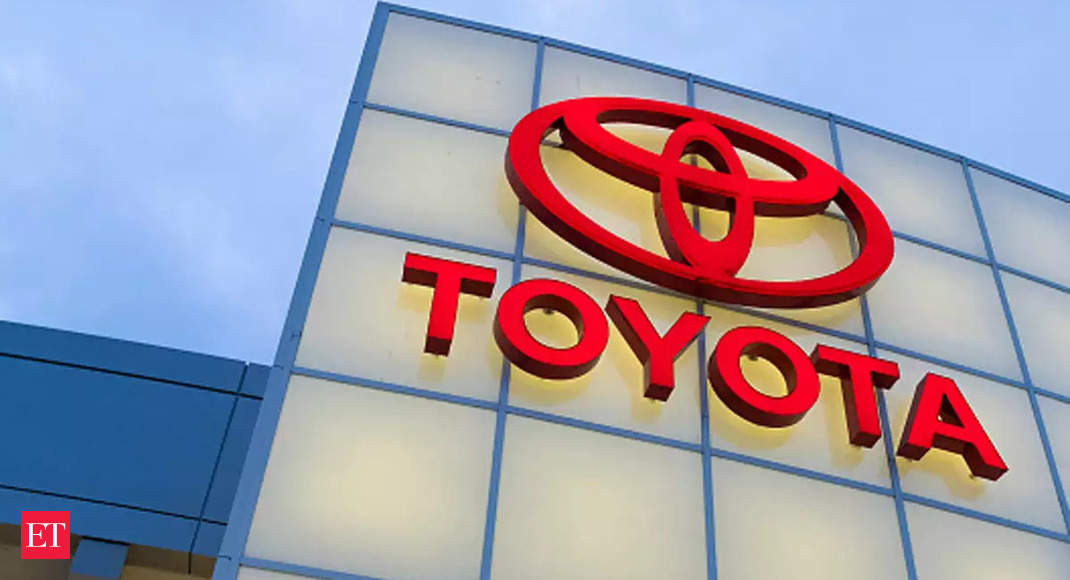For the first time in 90 years, Toyota has become America’s top-selling automaker. It also marks the first time a non-domestic automaker has taken the top spot in the U.S.
Was it Toyota’s marketing? Its reputation for quality? The diversity of its lineup (a massive Sequoia SUV to its plug-in electric hybrid Prius Prime)? No. It was how the company handled its supply chain.
According to Toyota’s public statements and news reports, Toyota managed the shortage of semiconductors significantly better than its competitors, and this gave it the competitive edge against other companies in 2021. “While other car makers were shutting down factories because of the shortages, Toyota was nearly unaffected,” reported the Wall Street Journal in July 2021.
By the year’s end, Toyota’s U.S. sales had grown 10% over 2020 and it had outsold the reining champion (GM) by more than 100,000 vehicles. While Toyota’s U.S. spokesperson noted that this was not Toyota’s goal – and likely not sustainable – the change in ranking is widely seen as a vindication of Toyota’s supply chain strategies.
It should be noted that Toyota wasn’t immune to supply chain disruptions, and its U.S. dealers were often short of popular models—but not as short as competitors whose “hardships were largely due to their inability to deliver bread-and-butter pickup trucks due to parts shortages,” wrote AutoBlog Associate Editor Byron Hurd on January 5.
From “lean” to secure
Toyota’s competitive edge in supply chains was developed over a decade as it focused more on risk management and security of supply and less on efficiency and minimizing inventory costs. This shift was a remarkable change for Toyota, which basically invented the strategies that shaped global supply chains over the second half of the 20th Century.
As detailed by WSJ’s Tokyo-based automotive industry reporter Sean McLain, Toyota embraced just-in-time (JIT) inventory management after an executive took a late 1950s visit to the United States and marveled at how supermarkets kept store shelves stocked without massive inventory stockpiles. “Thus emerged the system later known as just in time,” McLain wrote in May 2021. “Each day a stream of trucks would pull up to Toyota’s factories and disgorge just enough to cover a day’s worth of production.”
Because of its suppliers’ loyalty, this was easier for Toyota to pull off than for automakers in the U.S. or Europe. But the efficiency benefits were so compelling that eventually “every car maker from Detroit to Wolfsburg adopted a version” of the Toyota system. (Wolfsburg, Lower Saxony, Germany is Volkswagen’s HQ and site of a massive manufacturing complex.)
A “sister idea” that developed alongside JIT was to use single suppliers for many parts. “These suppliers could master the daily dance of deliveries, cut costs through volume and service the global factory networks that the top car makers operate,” according to McClain.
Recession and Fukushima prompt focus on resiliency
Toyota’s thinking about supply chain risk management began to shift in the wake of the 2008 financial crash that bankrupted many important automotive suppliers. When the 2011 Fukushima disaster revealed how tier one suppliers could be disrupted by small suppliers many tiers down, Toyota began pushing its suppliers “to disclose who sells them their components—no mean feat in the auto industry, where suppliers tend to guard their own supply chains in case auto makers use that to push price cuts,” wrote McLain.
Toyota eventually built a supplier database that “covers some 400,000 items and reaches as far as 10 layers down.” The company also paid key suppliers to stockpile parts—an approach 180 degrees away from JIT but one that positioned Toyota well for the turmoil in semiconductor supply chains.
“Now, just as they once emulated just in time, many car makers are trying to match Toyota’s grasp of its network to catch hidden chokepoints,” wrote McLain. He and other auto industry experts note that the growth of electric vehicle (EV) markets is putting more pressure on car makers to “rethink a half-century of automotive history, because these vehicles make heavy use of parts in the shortest supply, including lithium-ion batteries and semiconductors.” As reported in a recent Resilinc blog, supply chains for EV batteries and electric motors are also challenged by ethical sourcing concerns.
In preparation for securing EV supplies, auto companies are partnering with electronic firms to build new factories with GM joining forces with LG Chem, Tesla with Panasonic, Ford with SK Innovation, and Volkswagen planning six joint venture battery factories through 2030.
Toyota—which has recently increased its ambitions for electric car production—plans to invest both in battery production capacity and battery technology development. Given the company’s nimble adaptation to semiconductor shortages, there will no doubt be many in the automotive industry paying close attention to the how company’s EV supply chain strategies evolve.





